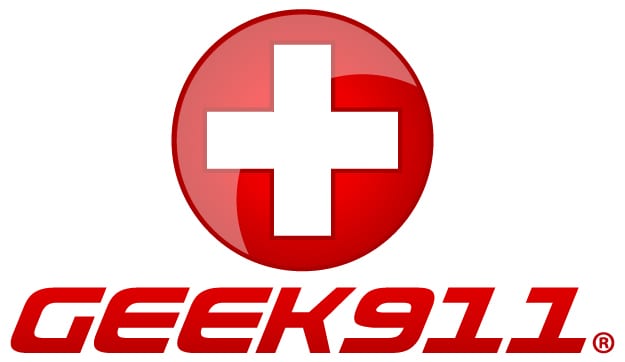How to Avoid Becoming a Victim of SaaS Ransomware

As businesses increasingly rely on Software as a Service (SaaS) solutions for their daily operations, the risk of falling victim to SaaS ransomware attacks has become a pressing concern. SaaS ransomware attacks involve hackers gaining unauthorized access to cloud-based applications and encrypting crucial data, holding it hostage until a ransom is paid.
Such attacks can cripple an organization’s productivity and cause significant financial and reputational damage. In this article, we will explore the various measures organizations can implement to safeguard themselves against SaaS ransomware attacks.
Understanding SaaS Ransomware and Its Impact
What is SaaS Ransomware?
SaaS ransomware is a form of cyberattack where threat actors exploit vulnerabilities in cloud-based applications, such as customer relationship management (CRM) systems, file storage services, and collaborative tools.
Once inside the SaaS environment, attackers encrypt sensitive data, rendering it inaccessible to the rightful users. The attackers then demand a ransom payment in exchange for the decryption key, which, if not paid, can result in permanent data loss.
The Impact of SaaS Ransomware Attacks
The consequences of a successful SaaS ransomware attack can be severe. Apart from the potential financial losses incurred by paying the ransom, businesses may face operational disruptions, loss of critical data, and tarnished reputation. Customer trust can be significantly eroded, leading to potential legal liabilities and loss of business opportunities. Therefore, taking preventive measures is crucial to avoid falling victim to such attacks.
Best Practices to Prevent SaaS Ransomware Attacks
Implement Strong Authentication and Access Controls
- Enforce Multi-Factor Authentication (MFA): Require users to provide additional verification factors, such as one-time passwords or biometrics, to access SaaS applications. This reduces the risk of unauthorized access, even if login credentials are compromised.
- Regularly Review and Update Access Controls: Conduct periodic reviews of user access privileges and revoke unnecessary permissions. Implement the principle of least privilege to ensure that users only have access to the data and functionalities necessary for their roles.
Backup Data Regularly and Securely
- Frequent Data Backups: Create a robust backup strategy for SaaS data, ensuring that backups are performed regularly. This way, even if data is encrypted by ransomware, businesses can restore their information from a secure backup source.
- Offline and Isolated Backups: Store backups offline and in isolated environments to prevent them from being affected by a live ransomware attack. This ensures data recovery is possible even in the event of a widespread breach.
Conduct Employee Training and Awareness Programs
- Cybersecurity Awareness Training: Educate employees about the risks of SaaS ransomware and the importance of following security best practices. Training should include recognizing phishing attempts, safe browsing habits, and reporting suspicious activities.
- Simulated Phishing Exercises: Regularly conduct simulated phishing exercises to test employees’ responses to potential phishing attacks. This helps identify areas for improvement and reinforces the importance of vigilant behavior.
Stay Updated on Security Patches and Vulnerabilities
- Prompt Patch Management: Keep all SaaS applications and systems up-to-date with the latest security patches. Patches often address known vulnerabilities that could be exploited by ransomware attackers.
- Monitor Security Alerts: Stay informed about security alerts and advisories related to the SaaS solutions in use. This allows organizations to take immediate action against emerging threats.
Develop an Incident Response Plan
- Create an Incident Response Team: Establish a dedicated team responsible for responding to security incidents, including SaaS ransomware attacks. The team should be well-trained and equipped to handle such emergencies.
- Test Incident Response Plan: Regularly conduct simulated ransomware attack scenarios to test the efficiency of the incident response plan. This helps identify any weaknesses and allows for continuous improvement.
Protect Yourself Today
SaaS ransomware attacks pose a significant threat to businesses relying on cloud-based applications. However, by implementing robust security measures and fostering a culture of cybersecurity awareness, organizations can reduce the risk of becoming victims of such attacks. Remember to enforce strong authentication, backup data regularly, conduct employee training, and stay vigilant against emerging threats.At GEEK911, we understand the importance of protecting your business from SaaS ransomware attacks. Our team of cybersecurity experts is dedicated to helping you secure your cloud-based operations and safeguard your valuable data. For more information on how we can assist you, contact us today. Let’s work together to keep your business safe and resilient in the face of evolving cyber threats.
